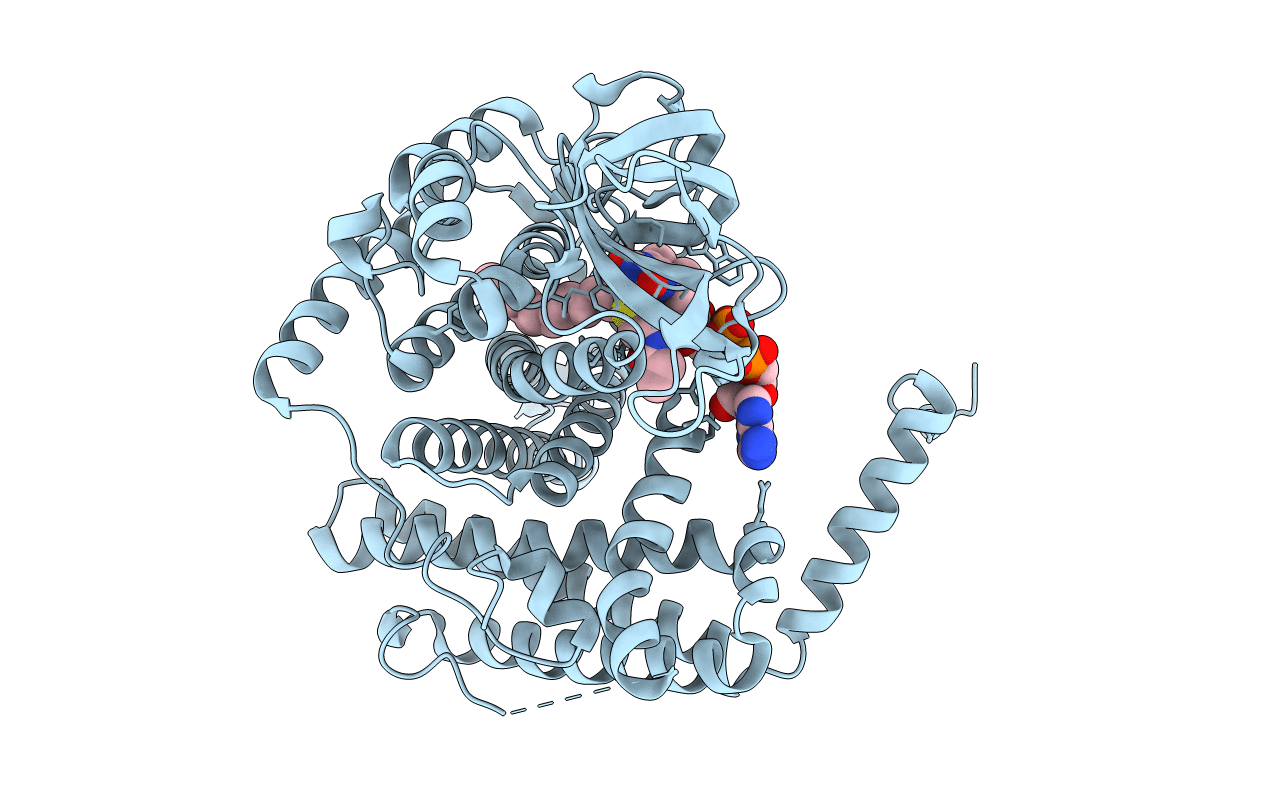
Deposition Date
2007-11-02
Release Date
2008-02-12
Last Version Date
2024-02-21
Entry Detail
PDB ID:
3B96
Keywords:
Title:
Structural Basis for Substrate Fatty-Acyl Chain Specificity: Crystal Structure of Human Very-Long-Chain Acyl-CoA Dehydrogenase
Biological Source:
Source Organism:
Homo sapiens (Taxon ID: 9606)
Host Organism:
Method Details:
Experimental Method:
Resolution:
1.91 Å
R-Value Free:
0.21
R-Value Work:
0.15
R-Value Observed:
0.16
Space Group:
C 2 2 21


